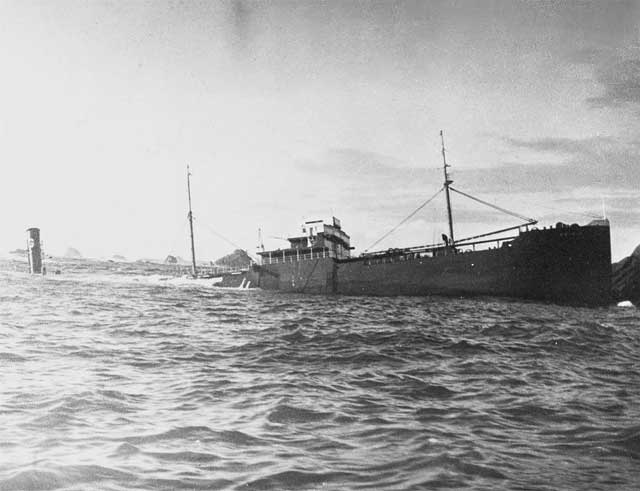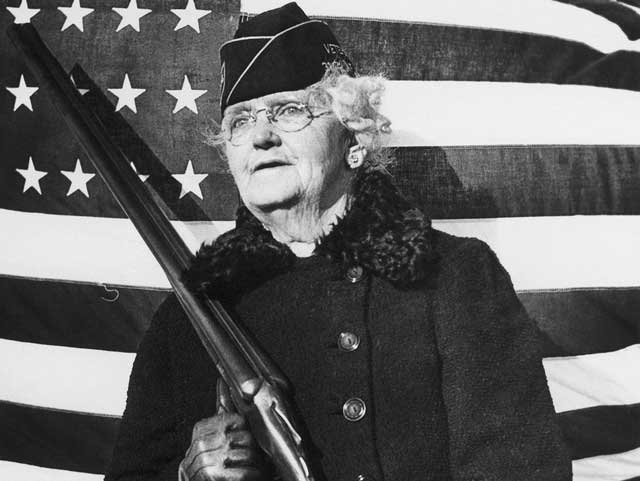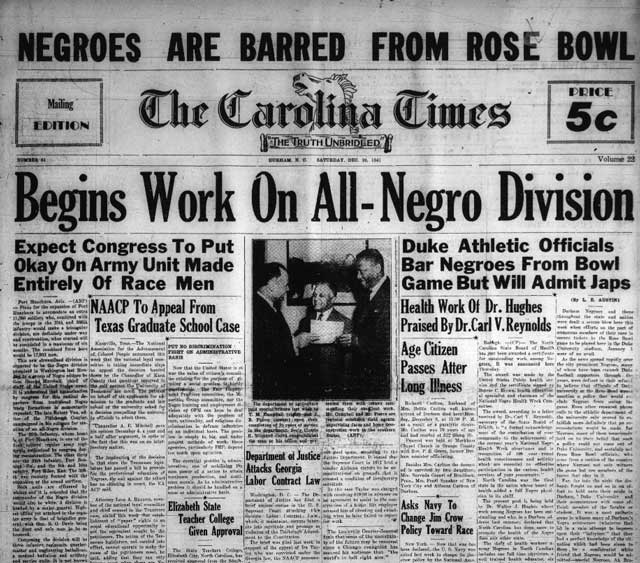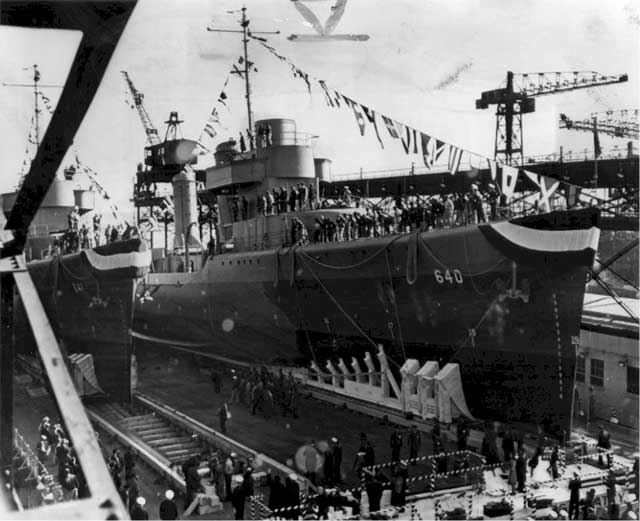Tuesday 10 March 1942
 |
| "View from a VT-5 TBD-1, showing KIYOKAWA MARU (Japanese seaplane tender, 1937-1945) under attack. Note bomb splash astern and what may be a "hit" aft. Planes were from USS YORKTOWN (CV-5)." 10 March 1942. Naval History and Heritage Command NH 95444. |
 |
| "Enlargement of picture of KIYOKAWA MARU (Japanese seaplane tender, 1937-1945), showing what appears to be a bomb hole aft. Note planes on deck-three Mitsubishi F1M2 ("Pete") and one E8N2 ("Dave"). Taken by a VT-5 TBD-1, from the USS YORKTOWN (CV-5) air group." 10 March 1942. Naval History and Heritage Command NH 95446. |
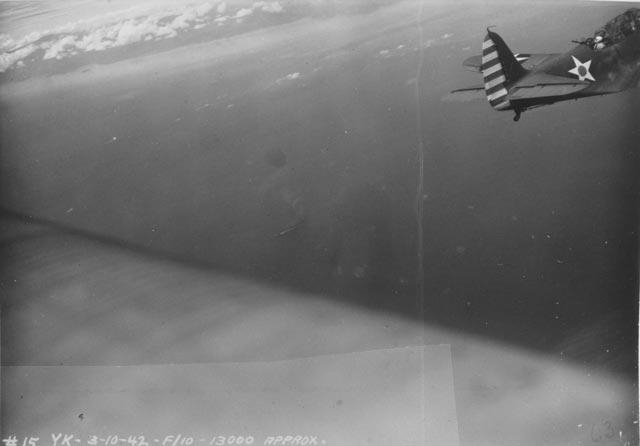 |
| "View is taken from a VT-5 plane, a Douglas TBD-1 "Devastator" showing ships below maneuvering off Salamaua. Plane at upper right is TBD-1 (BuNo 0319) flown by Lieutenant Joe Taylor, USN Commanding Officer of VT-5. Radioman is ACRM (PA) H. S. Nobbs, USN. Note weathered markings and individual plane No. (1) on the fuselage." 10 March 1942. Naval History and Heritage Command NH 95442. |
Japanese troops continue their occupation of the Solomon Islands, landing at Buka Island (north of Bougainville).
In Burma, the British 17th Indian Division and 7th Armoured Brigade complete a difficult withdrawal northwards to the Tharawaddy area. Chinese troops begin arriving in the Sittang River region, covered by the 1st Burma Division.
The Japanese make Lieutenant-General Hitoshi Imamura the new governor of Java and Madura. His boss is Field Marshal Count Hisaichi Terauchi, Supreme Commander of the Southern Army.
Japanese submarine I-62 uses its deck gun to sink 235-ton British sailing ship Lakshmi Govinda in the Indian Ocean. Japanese collier Kosei Maru hits a mine and sinks in Lingayen Gulf, Philippines. There are 13 deaths on the Kosei Maru.
 |
| "View taken from a VS-5 SBD shows KONGO MARU (Japanese armed merchant cruiser, 1933-1942) sinking off Lae. Note paint finish: Dark gray with light mast tops, reminiscent of U.S. Measure 1." 10 March 1942. Naval History and Heritage Command NH 95434. |
European Air Operations: RAF Bomber Command launches a large raid on Essen. The raid is notable for the first use of Lancasters in a raid on a German target. All told, 126 bombers (56Wellingtons, 43 Hampdens, 13 Manchesters, 12 Stirlings, and two Lancasters) set off. However, as has often been the case recently, the results of the raid are poor due to weather conditions. Only 85 bomber crews report bombing Essen, and the authorities in Essen see only limited damage (two bombs hit railway lines near the target, the Krupps factory). There are five deaths and 12 injured. A Polish service worker perishes when a spent anti-aircraft shell explodes near him. There are subsidiary raids on Bochum, Duisburg, and Gelsenkirchen. Two bombers attack Boulogne, while another bomber attacks the Rotterdam port area.
U-588 (Kptlt. Victor Vogel), on its second patrol out of Lorient, torpedoes and sinks 6776-ton US tanker Gulftrade about three miles off of Barnegat Light (near Toms River, New Jersey). There are 18 dead and 16 survivors.
An unidentified U-boat or Italian submarine torpedoes and sinks 9957-ton Norwegian tanker Charles Racine in the mid-Atlantic northeast of the British Virgin Islands.
Battle of the Mediterranean: Supermarine Spitfires which only arrived on Malta on the 7th get their first kill, downing Bf 109 piloted by Heinz Rahlmeier of Luftwaffe unit 8/JG53. The victorious pilot is Flt Lt Heppell of RAF No. 249 Squadron. The Spitfires and Hurricanes disrupt attacks on Luqa airfield.
 |
| Failed propagandist Jane Anderson. |
Manhattan Project: The Office of Scientific Research and Development contracts with Johns Hopkins University to open the Applied Physics Laboratory.
 |
| "Douglas SBD-3 "Dauntless" dive bombers en route to the target, at an altitude of 16,000 feet. Planes are from the USS YORKTOWN (CV-5) air group." 10 March 1942.Naval History and Heritage Command NH 95435. |
US/Iran Relations: The United States extends Lend-Lease to Iran. Iran is becoming a major conduit for aid to the Soviet Union.
US Military: US Fifth Air Force transfers the 3rd Bombardment Group and 13th Bombardment Squadron from Brisbane to Charles Towers.
A P-40E Kittyhawk of the 20th Pursuit Squadron, 4th Air Depot Group, based at Laverton piloted by Captain Joseph Potter McLaughlin crashes into mountains near Aberfeldy in Victoria, Australia. The plane and pilot's remains are not found until 1948.
Chinese Military: Nationalist leader Chiang Kai-shek appoints US Lieutenant General Joseph Stilwell as his Chief of Staff.
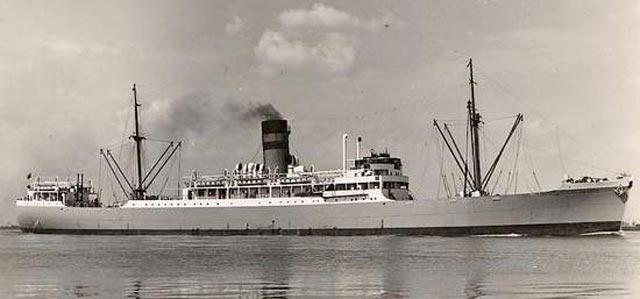 |
| British freighter Umtata, Sunk in Port Castries, St. Lucia on 10 March 1942 by U-161. |
British Government: Foreign Secretary Anthony Eden makes a speech in the British House of Commons about Japanese atrocities in Hong Kong.
The government reports that it already has spent over nine billion pounds on the war, more than during the entire First World War.
American Homefront: Universal Pictures releases "Unseen Enemy," a wartime drama about German spies in San Francisco. "Unseen Enemy" is notable for being one of the first Hollywood films, if not the first, to put the title and credits after the film rather than before it. Only the Universal Logo appears before the action.
David Eisenhower, Dwight D. Eisenhower's father, passes away in Abilene, Kansas. Dwight, who holds a critical U.S. Army staff position in Washington, D.C., notes in his diary: "war is not soft, it has no time to indulge even the deepest and most sacred emotions." He does, however, leave work early at 7:30 p.m., noting further, "I haven't the heart to go on tonight." He does not attend the funeral on 12 March but does close his office door for half an hour to think about this father and compose a eulogy.
 |
| Lady Nelson, sunk today by U-161 in Port Castries, St. Lucia. |
March 1942
March 1, 1942: Second Battle of Java Sea
March 2, 1942: Huge Allied Shipping Losses at Java
March 3, 1942: Japan Raids Western Australia
March 4, 1942: Second Raid On Hawaii
March 5, 1942: Japan Takes Batavia
March 6, 1942: Churchill Assaults Free Speech
March 7, 1942: British Defeat in Burma
March 8, 1942: Rangoon Falls to Japan
March 9, 1942: Japanese Conquest of Dutch East Indies
March 10, 1942:US Navy attacks Japanese Landings at Lae
March 11, 1942: Warren Buffett's First Stock Trade
March 12, 1942: Japan Takes Java
March 13, 1942: Soviets Attack In Crimea Again
March 14, 1942: The US Leans Toward Europe
March 15, 1942: Operation Raubtier Begins
March 16, 1942: General MacArthur Gets His Ride
March 17, 1942: MacArthur Arrives in Australia
March 18, 1942: Japan Attacks In Burma
March 19, 1942: Soviets Encircled on the Volkhov
March 20, 1942: "I Shall Return," Says MacArthur
March 21, 1942: Germans Attack Toward Demyansk
March 22, 1942: Second Battle of Sirte
March 23, 1942: Hitler's Insecurity Builds
March 24, 1942: Bataan Bombarded
March 25, 1942: Chinese Under Pressure in Burma
March 26, 1942: Win Or Die, Vows MacArthur
March 27, 1942: The Battle of Suusari
March 28, 1942: The St. Nazaire Commando Raid
March 29, 1942: The Free Republic of Nias
March 30, 1942: Japanese-Americans Off Bainbridge Island
March 31, 1942: Japanese Seize Christmas Island
2020


